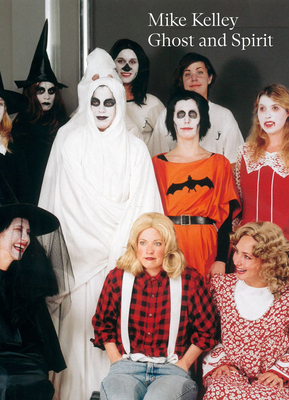
description
rospective, this book highlights the significance of Kelley's influential four-decade career on the development of art since the 1970s Mike Kelley (1954-2012) liked to play with how an artist appears, exists, and inhabits a role and how an artwork "communes" with a viewer. Central to his ambitious explorations of memory, history, and the future is his consideration of how one's individual subjectivity is shaped by familial and institutional power structures within society. Ghost and Spirit highlights the significant and prescient questions about the role of art, and of the artist, and about gender and class, in terms that stem from Kelley's own position as a white, heterosexual man in postmodern, capitalist America. Featuring a diverse range of voices, it explores the major works and themes of Kelley's career, while drawing attention to aspects of his practice associated with performance, activism, and collaboration, to emphasize his continual deflation of his own authority, and his willingness to invent and inhabit several identities. Covering over four decades of Kelley's work spanning performance, sculpture, video and installation, and articulating challenges to power, gender, class, and sexuality, this book is a pertinent presentation of the breadth, complexity, and significance of Kelley's influential practice.
member goods
No member items were found under this heading.
Return Policy
All sales are final
Shipping
No special shipping considerations available.
Shipping fees determined at checkout.







